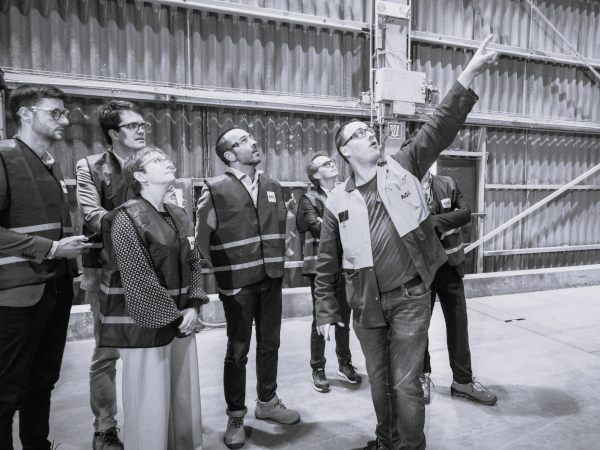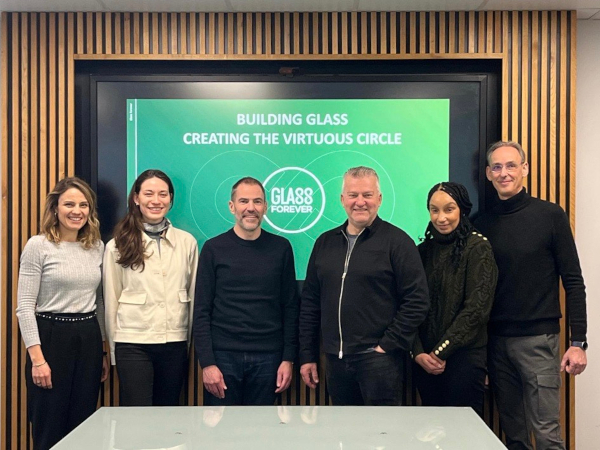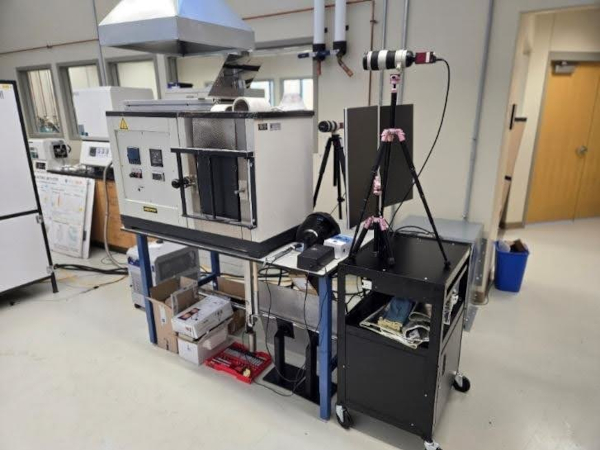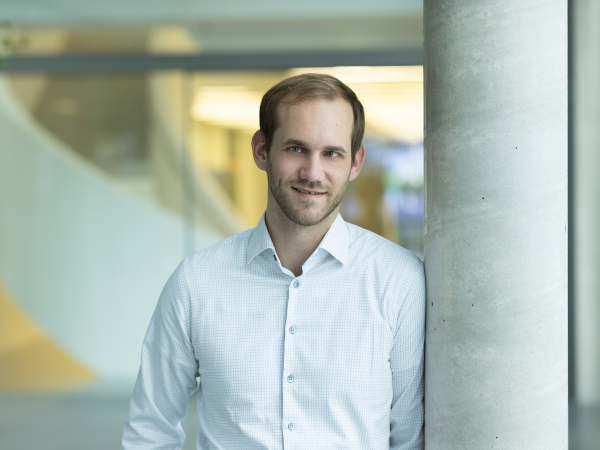Date: 5 May 2014
This trend is continuing – even with finite resources. One way to have enough materials available for manufacturing new goods in future is to recycle continually. Fraunhofer researchers are working on the advanced “Molecular Sorting” project for the next-generation circular economy. They will be presenting their results at the IFAT Trade Fair in Munich, Germany, 5-9 May 2014 (Hall A5, Booth 219/318).
Germans consume about 200 kilograms of raw materials per person each day according to the Federal Ministry of the Environment (Umweltbundesamt). Which means Germans are in first place. This not only damages the environment – it is also dangerous for Germany’s international competiveness. As a country poor in raw materials, Germany must commit to comprehensive resource conservation. New and efficient recycling methods are one option by which to become more independent of imported raw materials that are expensive and in short supply. Fraunhofer experts have established important principles for consistent recycling and circular manufacturing in the advanced Molecular Sorting for Resource Efficiency project. They will be presenting new methods at IFAT that facilitate the recycling of precious metals, rare earths, glass, wood, concrete, and also phosphorus.
.jpg)
Experts from the ISC are working on a process to extract valuable colorless glass from old plate glass.
© Fraunhofer
Recycling 2.0 – perfect separation
“The separation processes take place initially at the smallest level required, i.e. we go down to the molecular or even atomic levels,” explains the project’s coordinator, Professor Jörg Woidasky from the Fraunhofer Institute for Chemical Technology ICT in Pfinztal near Karlsruhe, Germany. One example is the bioleaching process being developed and readied for commercial use at the Fraunhofer Institute for Interfacial Engineering and Biotechnology IGB in Stuttgart, Germany. Even small quantities of precious metals or rare earths can be recovered with the technique. The researchers utilize microorganisms to convert insoluble metallic compounds in ores, in combustion slag, or in scrap wood saturated with metallic salts into water-soluble salts. The dissolved metals can subsequently be chemically bound using specialized polymers and thereby selectively removed from the solution. The metals are separated in a third step.
Experts from the Fraunhofer Institute for Silicate Research ISC in Würzburg, Germany, are working on a process to extract valuable colorless glass from old plate glass.
Water-white glass ensures maxmal optical transparency and is therefore employed in photovoltaics, fiber-optic cables, and displays. If impurities – such as iron – are in the glass, its transparency falls. “The growth in the photovoltaics sector is so huge at the moment that neither the sources of iron-free natural raw materials nor the quantities of recycled materials from “used” photovoltaic modules, for example, are sufficient to satisfy the demand for highly transparent plate glass in the coming decades," says Dr. Jürgen Meinhardt from ISC. Conventional plate glass might be an alternative source of raw materials. However, the iron content of this glass is too high. The researchers are developing a process by which iron atoms can be pulled directly out of the liquid glass if heated to about 1500 degrees Celsius.
Reusing scrap wood intelligently
Recycling wood in Germany is still at an infant stage. Up to now, only about 33 percent of the roughly eight million tons of waste wood annually is re-used. One reason for the low recycling rate are the German regulations regarding scrap wood. They prescribe that material coated with organic compounds containing halogens or wood treated with wood preservatives may not be re-used except under very restricted circumstances. New techniques of separation at the molecular level are expected to help matters without jeopardizing the precautions contained in the scrap wood regulations.
In order to be able to recycle more scrap wood, the harmful substances present must be identified. To do this, researchers at the Fraunhofer Institute for Wood Research / Wilhlem Klauditz Institute in Braunschweig, Germany, employed various processes such as near-infrared spectroscopy, X-ray fluorescence analysis and ion mobility spectrometry. Once the harmful substance has been identified, it can also be removed. “Super-critical fluids can be used to clean wood that has been treated with organic wood preservatives. To separate out or concentrate heavy metals, we plan to apply wet chemical processes as well as combustion techniques and pyrolyzation,” says Peter Meinlschmidt, a physicist at WKI.
Recycling concrete
Several million tons of building rubble accumulate every year. However, no process for recycling concrete exists yet. Researchers in the Concrete Technology group at the Fraunhofer Institute for Building Physics IBP in Holzkirchen, Germany, want to change that. They are working on "electrodynamic fragmentation", a technique by which ultra-short lightning bolts course through the concrete. They have been successful in reducing the concrete into its individual components – gravel and cement. An important first step toward recycling old concrete.
Recovering germanium and phosphorus
But valuable materials are not only extracted from solid waste. Flue gases from garbage incinerators likewise contain raw materials. To extract these, researchers of the Fraunhofer Institute for Ceramic Technologies and Systems IKTS in Dresden, Germany, are developing specialized ceramic filters with which specific component substances in flue gases at temperatures in excess of 850 °C are first selectively separated out and then subsequently recovered – Germanium, zinc, and even phosphorus, for example.
But do these methods make any sense in a rapidly evolving market environment? The Molecular Sorting project partners have examined this in a study. Their conclusions indicate they do. Recycling at the atomic level will very probably be economically feasible in the future. Not just if it is politically supported, but also as an economically independent business model.







Add new comment